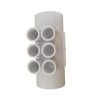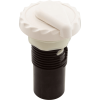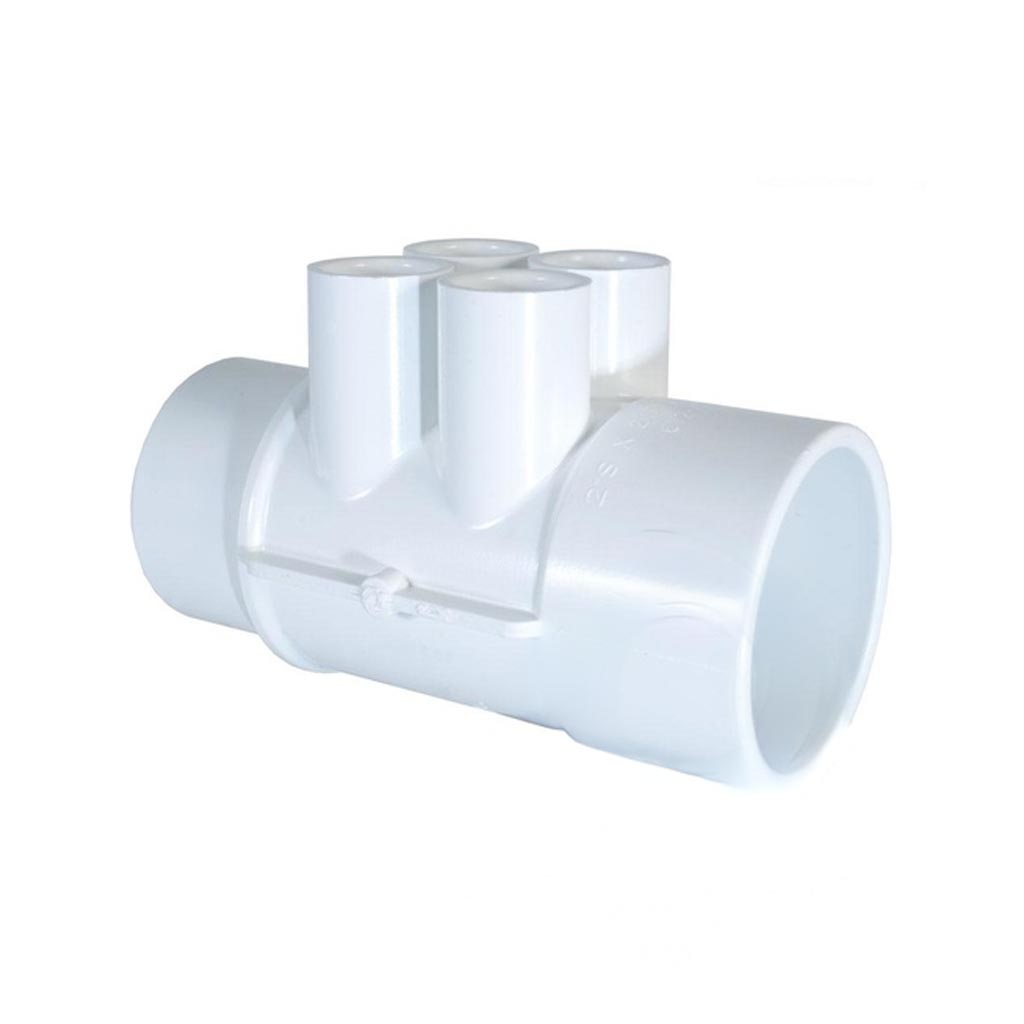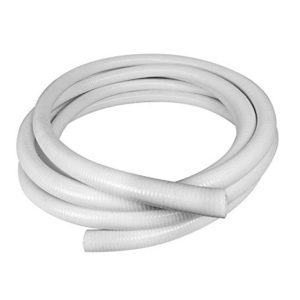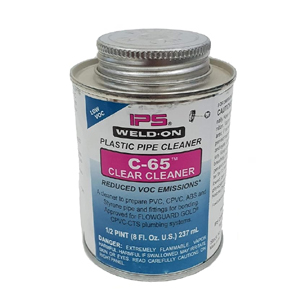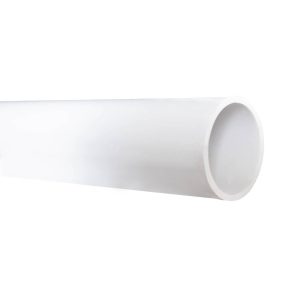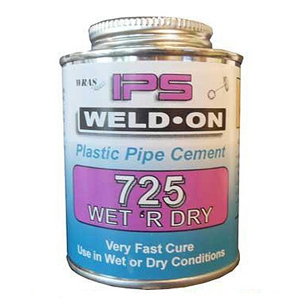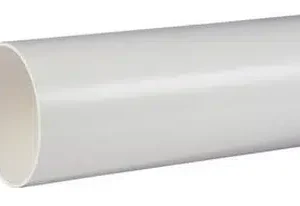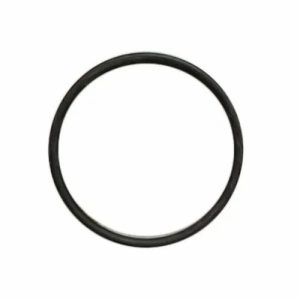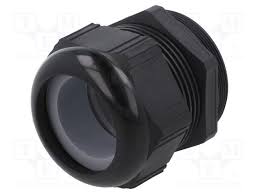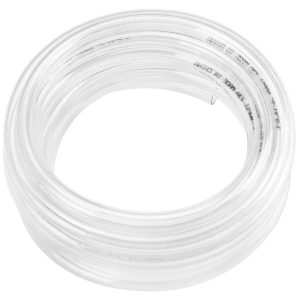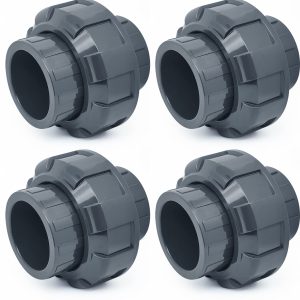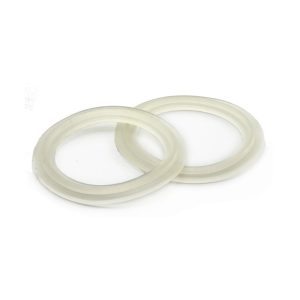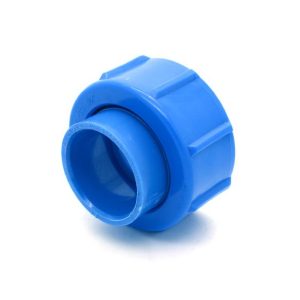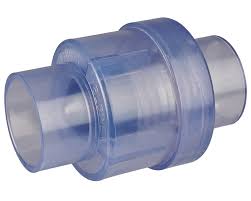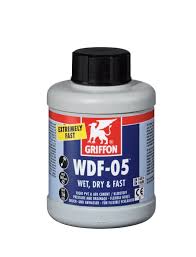Water Manifold 2″ x 1/2″Skt (4PT)
£4.77 Inc VAT
1 in stock
Water Manifold 2″ x 1/2″ Socket (4 Port)
Product Overview
As an experienced hot tub enthusiast and parts supplier, I’m excited to offer you this high-quality Water Manifold. This versatile component is essential for efficiently distributing water flow in your hot tub system. Manufactured by the reputable Waterway, this manifold is designed to provide reliable performance and easy installation.
Key Features
- Durable Construction: Made from robust materials to withstand the demanding conditions of hot tub environments.
- Versatile Compatibility: Works seamlessly with both 2-inch rigid and flexible pipes.
- Multiple Ports: Features 4 ports for 1/2″ connections, allowing for flexible plumbing configurations.
- Easy Installation: Designed for straightforward assembly and integration into your existing system.
Technical Specifications
| Specification | Detail |
|---|---|
| Type | Water Manifold |
| Manufacturer | Waterway |
| Model | 50 |
| Main Connection | 2″ Socket x 2″ Spigot |
| Secondary Connections | 4 x 1/2″ Sockets |
| Internal Diameter | 60mm |
| Outer Length | 148mm |
| Depth | 70mm |
Installation Tips
To ensure the best performance and longevity of your Water Manifold, I recommend following these steps:
- Proper Cleaning: Before assembly, use a high-quality plumbing cleaner on all connection points. This ensures a clean surface for optimal bonding.
- Use the Right Adhesive: Apply pipe cement to create a strong, watertight seal. Choose a cement suitable for PVC and follow the manufacturer’s instructions for curing time.
- Correct Assembly: For the female end, insert the 2-inch rigid or flexible pipe into the manifold. At the male end, insert the manifold into a female socket of your plumbing system.
- Secure Connections: When attaching 1/2″ flexible hoses, ensure they’re fully inserted and properly glued inside the 1/2″ sockets for a secure fit.
Applications
This Water Manifold is particularly useful when your hot tub’s water jets are supplied with 1/2″ flexible hose. It provides an efficient way to connect these smaller lines to your main 2″ plumbing, ensuring proper water distribution throughout your spa system.
Quality Assurance
I personally select each product in my inventory to ensure it meets the high standards that hot tub owners expect. This Waterway manifold is no exception, offering the reliability and performance crucial for maintaining your spa’s optimal operation.
Conclusion
The Water Manifold 2″ x 1/2″ Socket (4 Port) is a crucial component for any hot tub owner looking to maintain or upgrade their spa’s plumbing system. Its versatile design, durable construction, and easy installation make it an excellent choice for both DIY enthusiasts and professional installers alike.
Remember, proper installation is key to getting the most out of this product. If you have any questions about compatibility with your specific hot tub model or installation process, don’t hesitate to reach out. I’m here to help ensure you get the perfect fit for your needs.
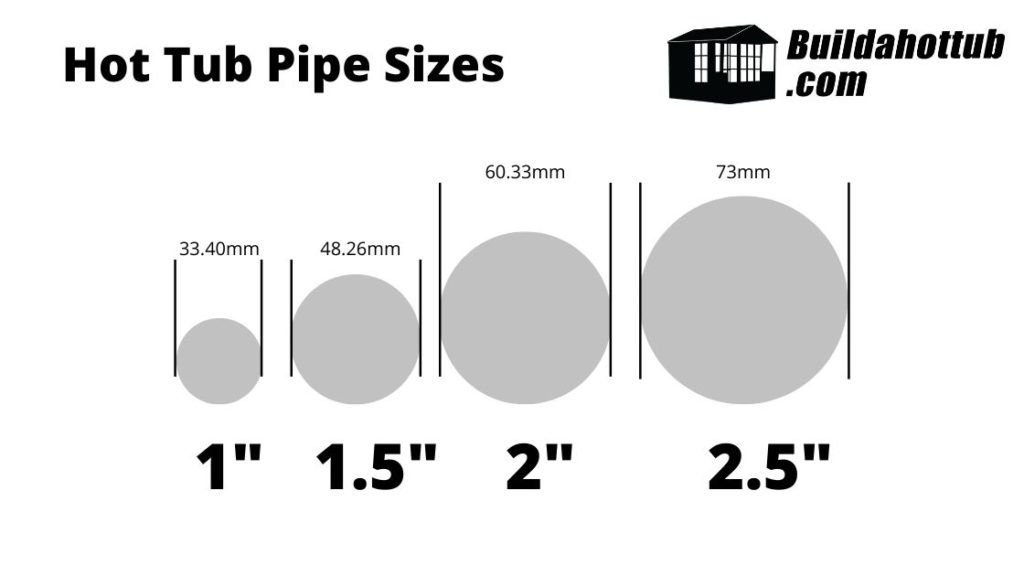
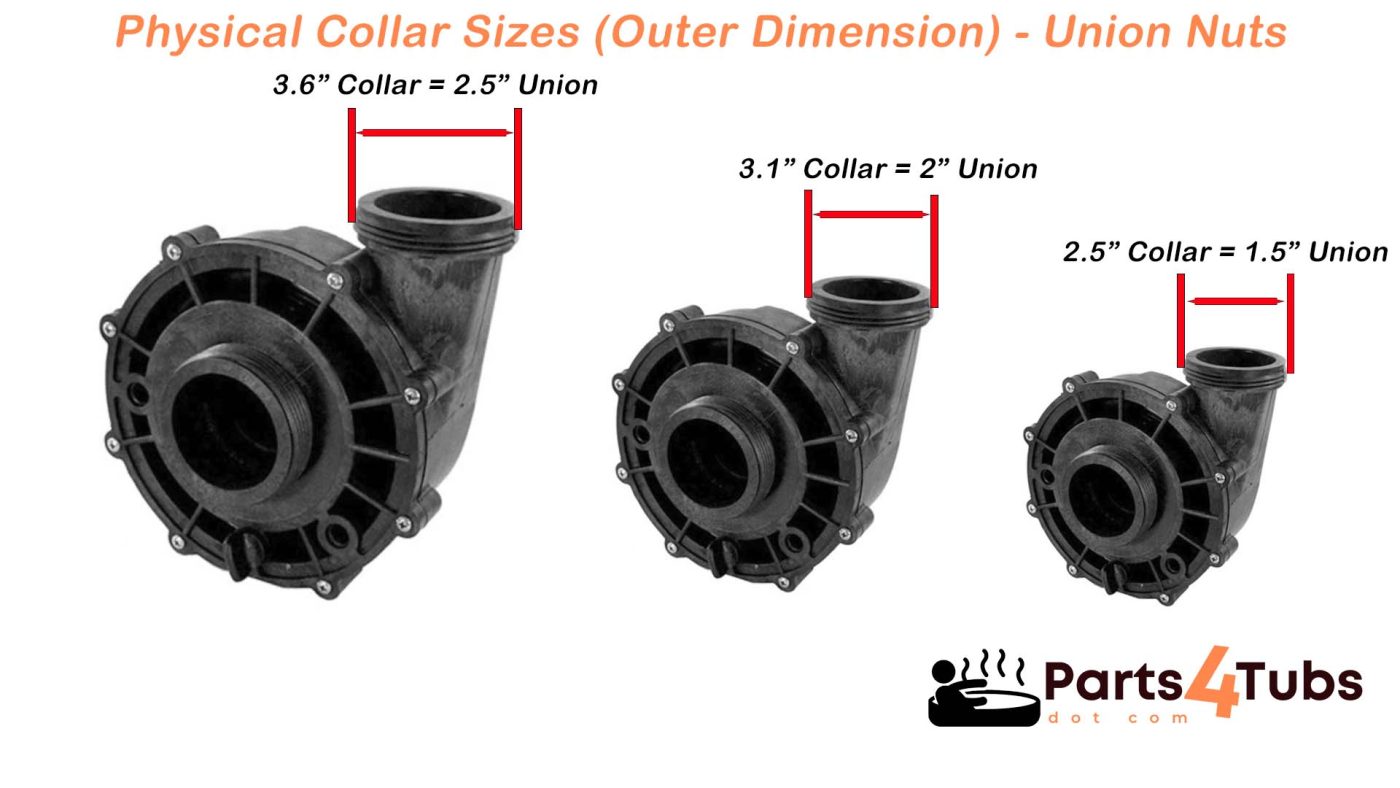
USA Imperial is the Standard
All hot tubs and their fittings are designed for USA standard of Imperial pipe. Would you believe that for example, a European 2.5″ pipe is different from a USA 2.5″ pipe – well it is and there is just over 2mm difference and it makes a huge difference as it doesn’t fit!
You must make sure that you are using American standard sized pipe – always worth checking with your supplier before you purchase.
Can I convert Metric pipe to Imperial?
Yes, you can convert metric pipe to imperial, usually there is a socket connection that will do that. However, what I would preface that with is really, the only reason you would want to do that is say if you have a long run of pipe between your control room and your hot tub. You cant easily get imperial pipe supply but you have found say 75mm pipe that would do the job.
In this instance, it would work to convert it down at each end.
However, what you cannot do (technically you can but it is a real mess to do so) is convert all of the pipework to metric using adaptors. Generally, this just doesn’t work, costs loads in just adaptors alone and the amount of joints means you are going to have some leaks!
What rating of pipe do I need?
Pipe is rated to different pressures. You must use pressure rated pipe on your hot tub build as it is a pressurised system. In general, any pipe that is rated to 130 PSI or 9 BAR can be used on a hot tub build. This is often referred to as Class C. Likewise, Class E which is rated to 15 BAR or 218 PSI is also commonly found on hot tub builds.
Anything less than 130 PSI or 9 BAR should not be used – the pipes are not waste water pipes that are commonly found in hardware stores. They must be pressure rated and you will see this printed on the side of all the pipe so there will be no confusion.
What about Schedule 40 Pipe?
The schedule number on pipe correlates to the thickness of the wall on the pipe: as the number increases, the thicker the wall thickness is. Also, what is interesting is that while the schedule number can be the same on different sized pipes, the actual wall thickness will be different.
However, for our DIY Hot Tubs, we would only opt for schedule 40 – schedule 80 would be an overkill.
We also only use schedule 40 pipe if it is being buried and there is considerable weight on it. What I mean by this is that you need the physical strength of the pipe to stop it being crushed and cracked. In most cases, regular pressure rated pipe is just fine.
Should I use Rigid or Semi-Flexible Pipe?
When I built my own hot tub, I opted for semi-flexible as I though that it would be a little more forgiving. It is, however it is now my experience that the fact it is forgiving, and I use that in a loosest of terms as it is still pretty rigid pipe, it is more likely to leak.
The reason that it is more likely to leak is that you can “force” the joint when there is a little bit of give in the pipe. If you force the joint as I have said many times on this blog and on my YouTube Channel, you are going to have leaks – and it did!
For that reason, wherever possible today I recommend that you use rigid pipe. You have to make a good joint and it has to be accurate. It is forcing your workmanship which you will benefit from in the long run. Rigid pipe is the way forward for your DIY Hot Tub build.
Support your Pipework
If you pick up a length of pipe, 2m/6ft, there is not a lot of weight in it at all. However, if you fill that same pipe with water, cap it off each end and try to lift it, you will notice there is a huge weight increase. Water is heavy. If you have long runs of pipe, you must support them. Whether this is in ground and they should be laid correctly with a gravel base or if it is on your hot tub, they should be tied and pinned to the block work.
If you dont support your pipes and they fill with water, you can put strain on the joints that over time, will work their way loose and leak. It only takes a couple of minutes to tie your pipes and support them and it will save a whole bunch of time and money on repairs in the future by getting this right from the start.
Making the perfect joint with PVC pipe cement.
On this blog and on my YouTube Channel I talk a lot about making the correct joints and that a well made joint doesn’t leak. So, how do you make a well made joint?
- Make sure when you cut the pipes you are cutting them at 90 degrees so they fit into the fittings correctly.
- Make sure you remove any rough edges from your cuts
- Ensure you are roughing up 3″ of the pipe with sand paper before you make the connection
- Apply PVC Pipe Cement to the pipe and the connection
- Twist the pipe or fitting as you are inserting it to prevent “channeling” which leads to leaks
- Make sure the pipe goes all the way into the fitting (always a good idea to mark the ideal depth you want to get to)
- Wipe off any excess pipe cement.
- Allow to cure for 4 hours for full strength
| Part# | 672-4250 |
|---|
You may also like…
Plumbing and Other
Plumbing and Other
Plumbing and Other
Plumbing and Other
Plumbing and Other
Related products
Plumbing and Other
Plumbing and Other
Plumbing and Other
Plumbing and Other
Plumbing and Other
Plumbing and Other
Plumbing and Other

